Welcome to a very dry, but surprisingly humid season on the farm. I hope you enjoy our beautiful blue skies, the warm earth, and the start of the turning leaves.
I just need to you be aware of the falling walnuts. You can’t miss them on the ground, as you’ll be stepping around/tripping on them wherever you walk. You’ll also hear them loudly crashing through trees and impacting the ground with a resounding thump. Sometimes they hit the metal roof of Bill’s workshop with an even louder twang.
Occasionally, it may seem as if the walnuts are being thrown directly at you by an angry squirrel, but that’s just because they absolutely are.
We have roughly 75 black walnut trees that were planted by the original owners of our house, and are now well over 100 years old. There are 200 more younger walnut trees that are still big enough to produce nuts. So, like, these green balls are everywhere.
You might think this is very fortunate and useful for us! Black walnuts are a gourmet food and quite pricey. The green husks can be used to dye wool. (Here’s a Throwback Thursday to one of my first knitting projects which I made with yarn that I dyed with walnut husks:)
The thing is, unless you are a red squirrel (more on them in a moment), or posses a talent/strength I have no basis for understanding, black walnuts are incredibly difficult to get into, and time consuming to pick out of the shells. It means the walnuts themselves aren’t creating the high prices, but rather, the labor or machinery used to process them. (The green balls are basically a raw fleece right off the sheep, whereas the walnuts you buy for food are indie dyed yarn.)
If you are a red squirrel, however, you have very sharp teeth and can chew through the shell to reach the nut meat inside. Red squirrels harvest black walnuts and store them for the winter. We often see an individual running throughout a tree picking the green balls off branches and dropping them to the ground. After they’ve released a satisfactory number, the squirrel proceeds to the ground, removes the green husks from the nuts and then stores the nuts in various hidey holes around the farm. We’ve found them in the crooks of trees, on fence posts, and even on the grate of our screen door.
It is an interesting time of year to observe nature on the farm! We didn’t know about black walnut trees when we bought the land, but they create a unique, localized ecosystem here that influences a lot. Our red squirrel populations are much, much, much higher than our neighbors (to the dismay of our little pickup truck whose fuel line is chomped by the rodents every 18 months or so), and the juglone emitted by the walnut leaves and roots affects what can grow below and around the trees.
Right now our walnut pasture is home to our three little pigs. Their impact on the land is a another fascinating journey for a future newsletter.
While you’re here touring the walnuts, you may be able to slip up into our front “yard” and grab some of the last red raspberries! They’ve been decreasing every day, but there’s still a few. Pullo is quite aware of them, and will insist on inspecting the low vines before every walk.
Though it’s a bit humid today, we did have to wear wool hats on our walk just a few days ago. It was a welcome reminder that autumn and winter will be here soon!!
With the chill in the air, it is time to offer you a teaser about Battvent, 2023! I’ll have more details soon, but the theme for this year is Bundle Up! The colors for the 24 mini batts will be inspired by warm woolens in the snow - clear, saturated hues blended with winter whites and ivories.
I’m also working on a little pattern for a cowl perfect for three mini skeins. We took pictures at our apple orchard, and I can assure you I have no future as a knitwear model. I was going for “carefree in the sunflowers” but ended up a bit more “potential bank robber.” Ha!
That’s all the news for now! I hope you can enjoy the last few days of summer weather, and I hope I’ll be writing next month about wearing socks and drinking tea by the fire!
Bye from Princess Snugabunch, JoAnna, Bill, Pullo, and the rest of the farm!

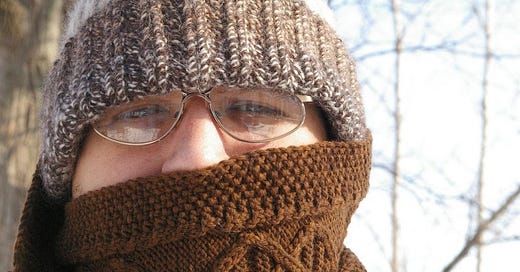


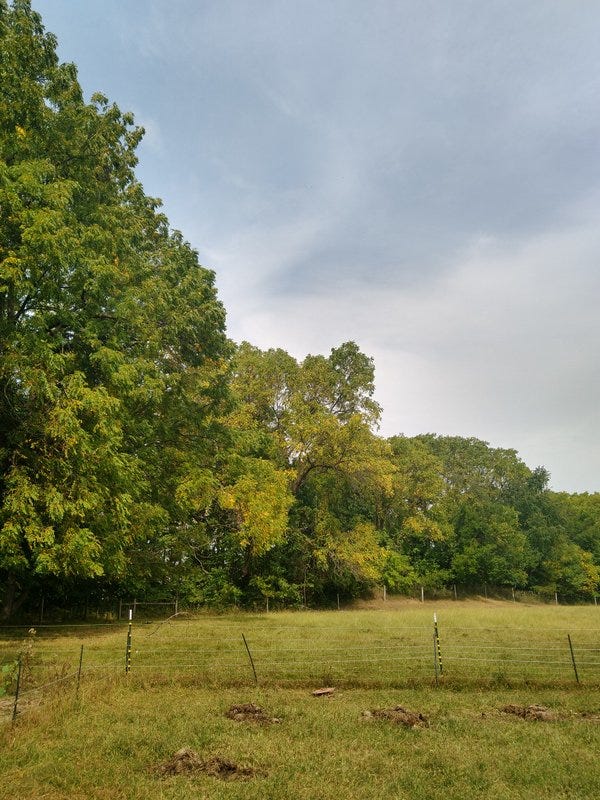
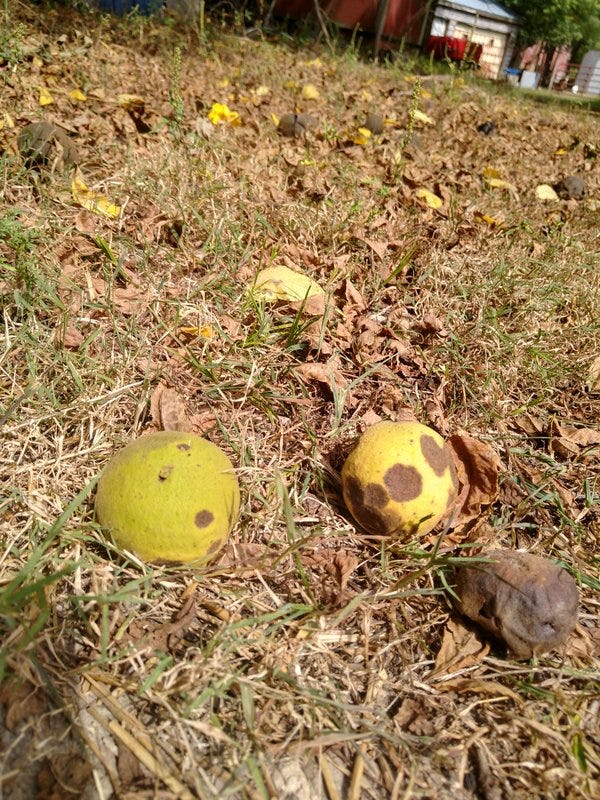

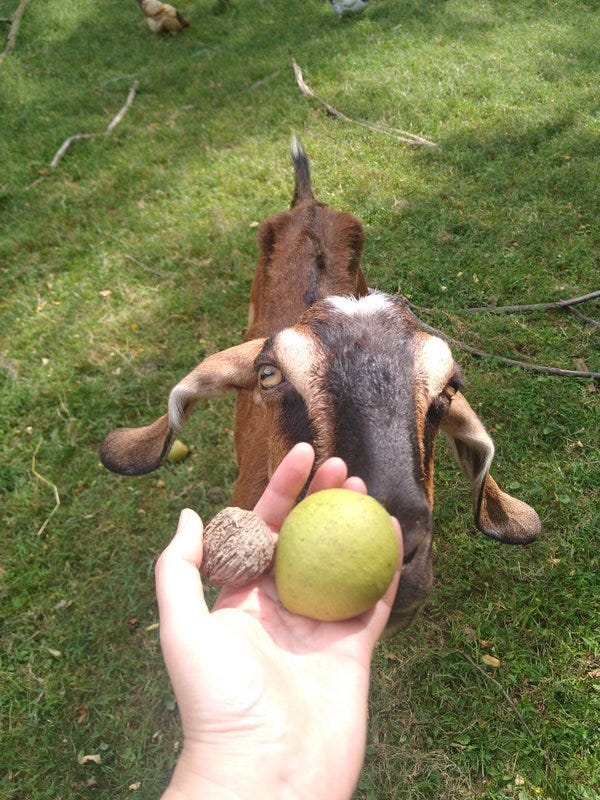
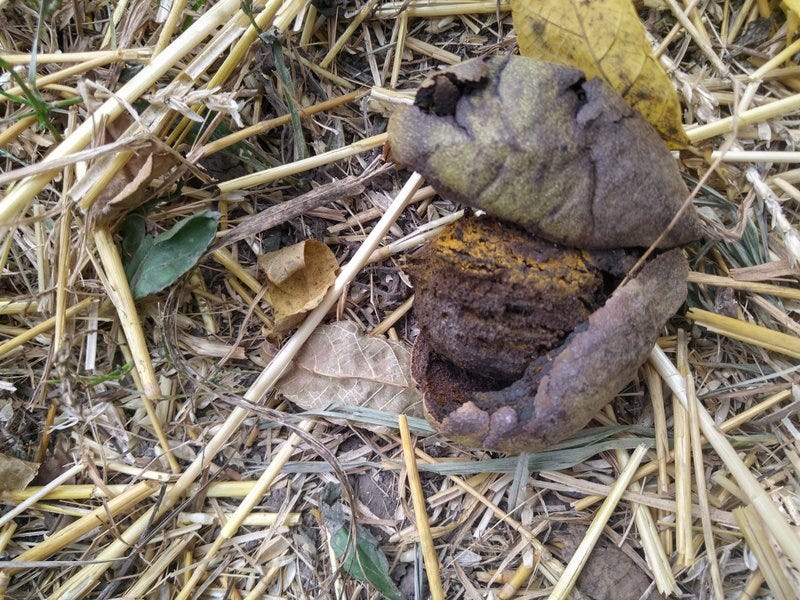

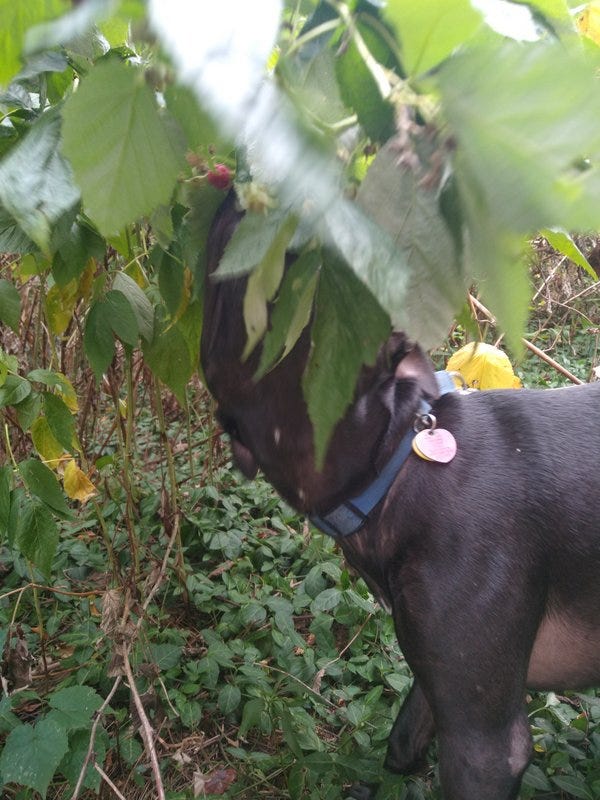
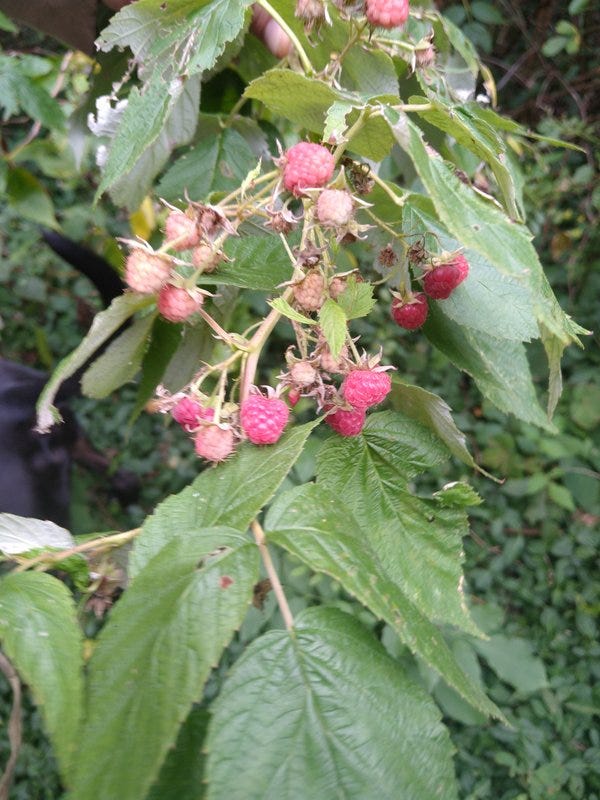


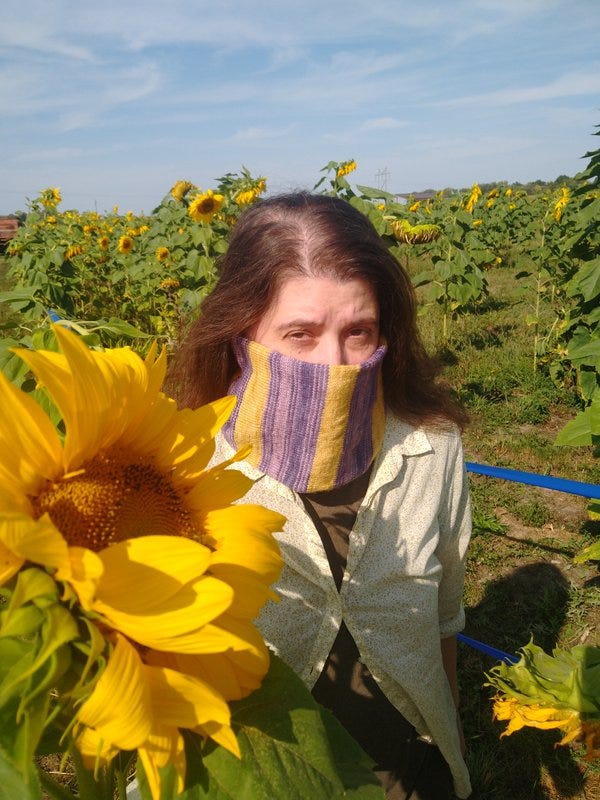
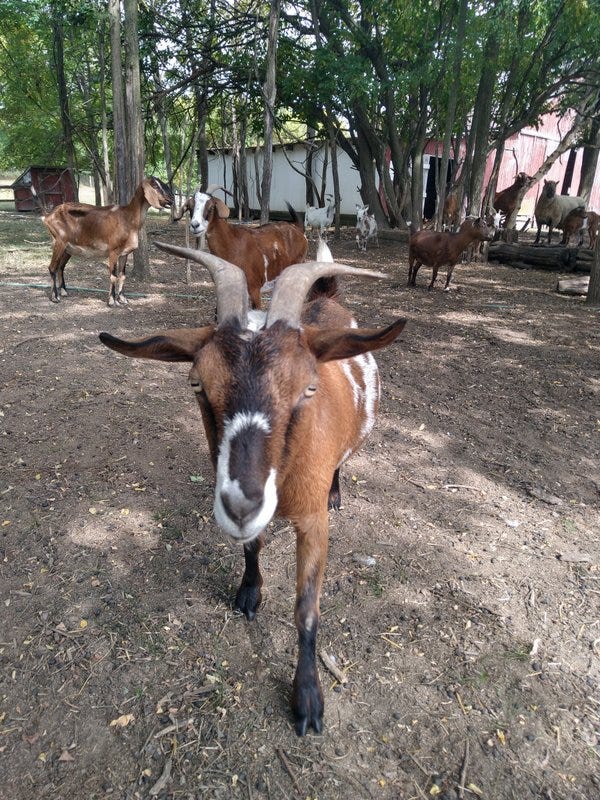
My grandparents had butternut trees. Wonderful tasting nuts that take quite a bit of work to get to. As children we would spend our time, when visiting, cracking the nuts on an old stump using a hammer. The hulls can also be used for dying, the same way black walnuts are used.
I grew up in a small town in northern California, and our property had a half-dozen or so black walnut trees -- your post brought back a lot of memories! I can well believe those husks are used to make dye, they did a wonderful job staining skin.... We used to collect gunny-sacks full of nuts to sell to a local feed (?) store, then leave the final partly-full stack at the bottom of one of the trees ... and watch the squirrels spiraling up and down the trunk to collect a nut or two at a time.